This week the excellent Celtic Graves Society is co-ordinating a 125th anniversary celebration of the club's first match in 1888 by arranging for flowers to be placed on the graves of the eleven players in that match. Easier said than done: while eight of the players can be found within a few miles of Glasgow, the other three are in Brooklyn, Pennsylvania and Prague. Read about it at the Celtic Graves website or follow @celticgraves on twitter for updates and photos.
Meanwhile on the other side of Glasgow, the fine work of the Gallant Pioneers website continues to promote the early history of Rangers. They have a regular Founders Trail to visit key places, and make the point - which applies to so many clubs: 'We were told often enough that people just weren't interested in the history of the Club but time and again the supporters have proved them wrong.'
And just to prove how much interest there is, Gary Ralston's book on the Gallant Pioneers has just been republished in paperback by the author and is now selling briskly on Amazon.
Regular visitors to this blog will know I've long had a similar interest in early Scotland internationalists, particularly those who played in the first match in 1872. Pictured above are two gravestones, for Joe Taylor (left) in Glasgow, and JJ Thomson in London. I've now located ten out of the eleven players, although not all have a headstone.
The team captain, Robert Gardner, continues to elude me. He died in 1887 away from home, in South Queensferry, while working on the Forth Bridge project, and there is no record of a local burial. Chances are, therefore, that he was taken back to Glasgow but I have scoured the available burial records (on barely legible microfilm in the Mitchell Library) without success. It's a challenge, certainly, but when I do find him I will be making sure he is properly commemorated.
Out of interest, here are the final resting places of the other ten, starting with those in Scotland:
James Smith (1876): Urquhart Old Cemetery, Elgin.
Joseph Taylor (1888): Cathcart Cemetery, Glasgow.
David Wotherspoon (1906): Southern Necropolis, Glasgow.
Alexander Rhind (1923): Tomnahurich Cemetery, Inverness.
William Muir Mackinnon (1942): Westburn Cemetery, Cambuslang.
Elsewhere:
Robert Leckie (1886): Olifants Bosch, South Africa.
James Biggar Weir (1889): Warrina, South Australia.
Robert Smith (1914): Graceland Cemetery, Chicago.
James John Thomson (1915): East Finchley Cemetery, London.
William Ker (1925): Rock Creek Cemetery, Washington DC.
The full stories of why they were in those far-flung places can, of course, be read in my book First Elevens: the birth of international football
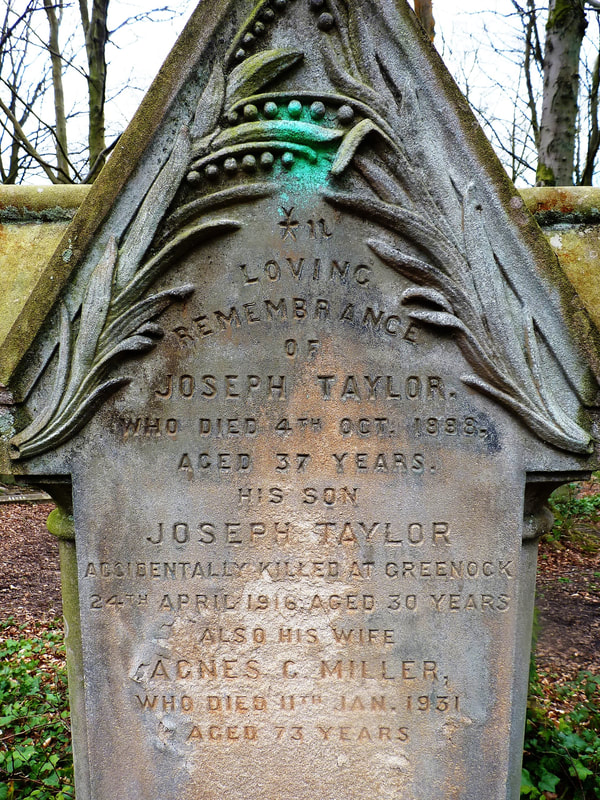
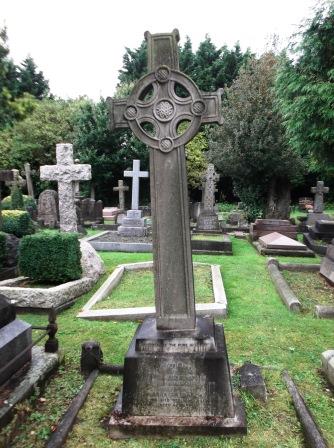
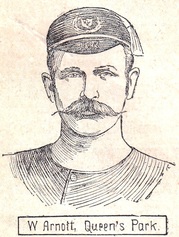
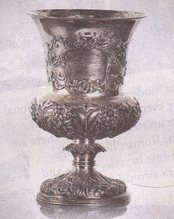
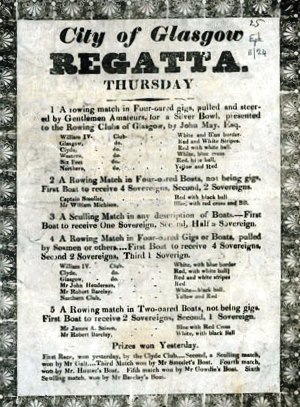
 RSS Feed
RSS Feed